TYPES OF MANGOES
It was during the time of Akbar, that the mangoes began to receive the honour of royal patronage. He had completely fallen for the delicious fruit. Following Akbar’s order, amngoes were grown all over India, especially in Bengal, Gujarat, Malwa, Khandesh and Deccan region. Of all these varieties, the Bengal mangoes were going places and mostly from Murshidabad’s Azimganj and Jiaganj.
When it comes to mangoes of Murshidabad, one cannot afford to ignore the Jain community better known as Sheherwali. In a Sheherwali home, a sweet dish is not just limited to being a “dessert”. Preparations like “kachche aam ki kheer”, “aam ka papad” are some real tasty dishes that can be consumed anytime of the day. And especially in the summer, a true Sheherwali cannot just afford to miss out the juicy and ripe mangoes. One is also spoilt for choices over the wide spread varieties of mangoes as follows:
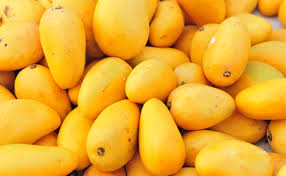
Photo credits: Google

Photo credits: Google
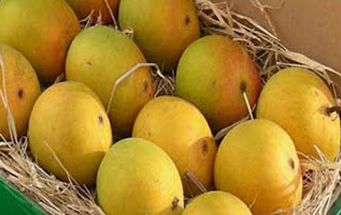
Photo credits: Google
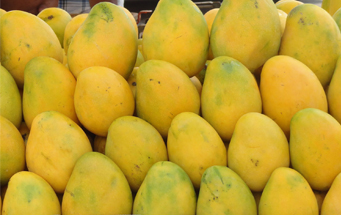
Photo credits: Google

Photo credits: Google

Photo credits: Google
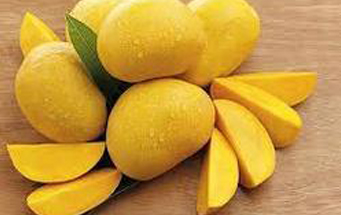
Photo credits: Google

Photo credits: Google
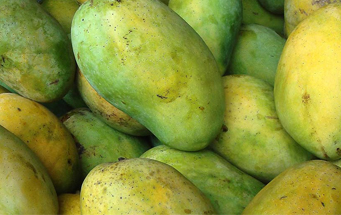
Photo credits: Google

Photo credits: Google
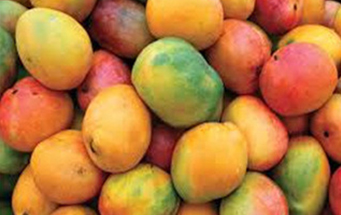
Photo credits: Google
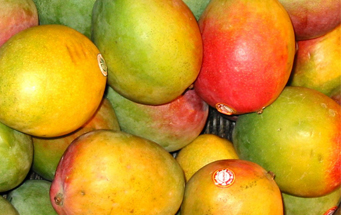
Photo credits: Google

Photo credits: Google
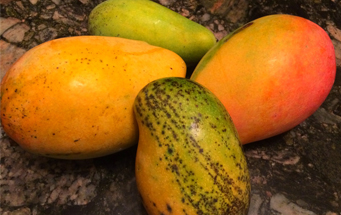
Photo credits: Google
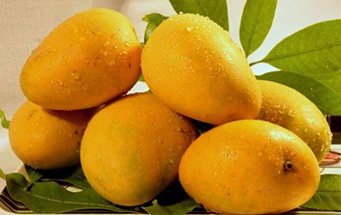
Photo credits: Google

Photo credits: Google

Photo credits: Google
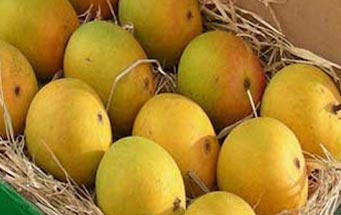
Photo credits: Google
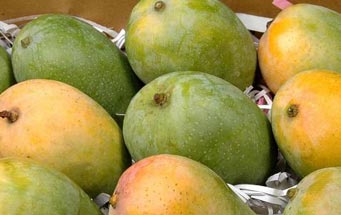
Photo credits: Google
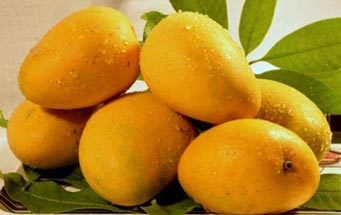
Photo credits: Google

